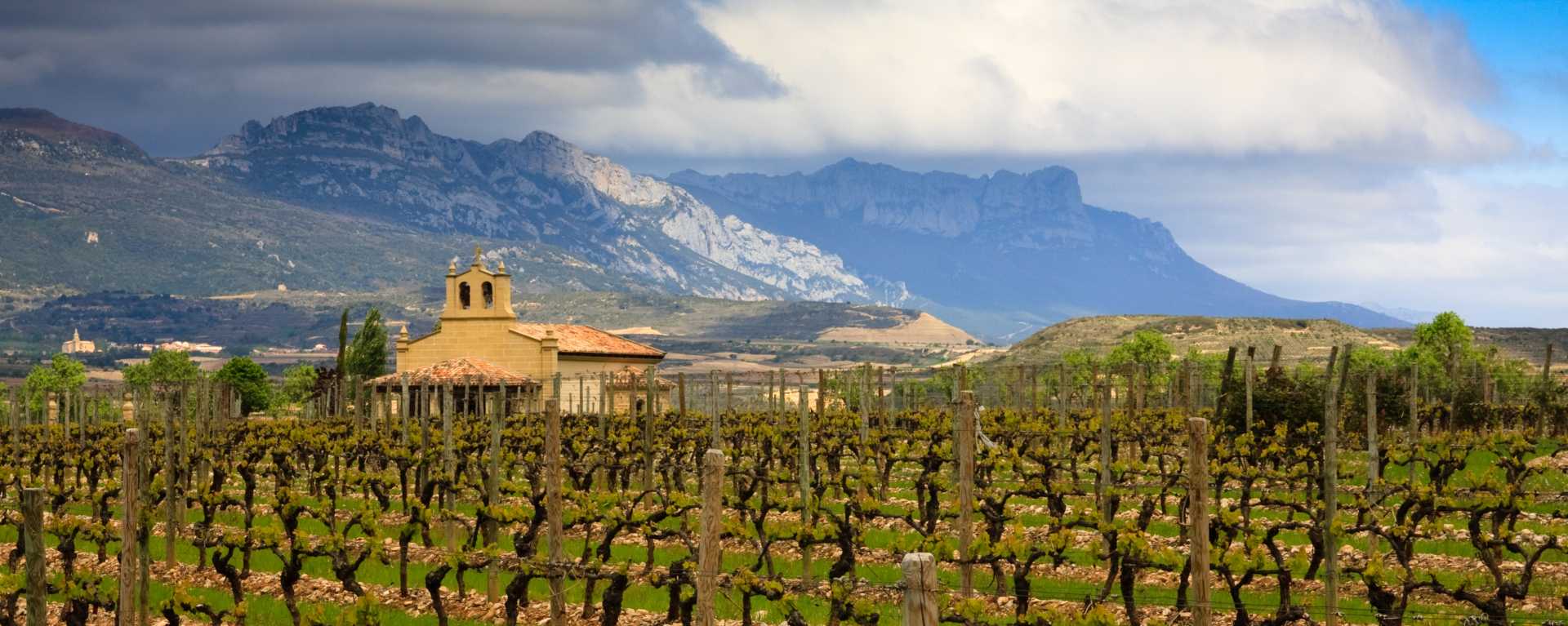Pago de Larrainzar 2006
-
Wine
Enthusiast


Product Details
Your Rating
Somm Note
Winemaker Notes
Professional Ratings
-
Wine Enthusiast
For Navarra, which can produce green, herbal wines, this is ripe and pure, with cherry, plum, berry and a touch of raisin to the nose. A tight, juicy palate is direct and tannic, while black plum and berry flavors come with chocolate shadings. A crisp, almost raw finish with blasting tannins says this can age another decade.


The Pago de Larrainzar Winery is the result of a personal dream of Miguel Canalejo, a well-known Navarran businessman, who deeply loves his land and since childhood has been linked to the world of viticulture and wine making.
One hundred and fifty years ago, the Larrainzar family acquired an extraordinary estate in Ayegui which is adjacent to the Irache Monastery, at the foot of the Montejurra Mountain and on the famous St. James’ Way (Camino Santiago). It was in this estate that Luis Larrainzar, the great-grandfather of the founder of the Pago de Larrainzar Winery, established a vineyard of Tempranillo grapes and a small winery with limited production that was awarded a gold medal in the wine competition held in connection with the 1929 World Exposition in Barcelona.
Over time, the Larrainzar family decided to distance itself from the world of wine making. But for Miguel Canalejo, this part of his memory has now been revived with Pago de Larrainzar.
In 2001, he decided to realize the dream that he had been developing over the past years: to "create" wine in his family’s land and offer the world a personal product. Two of his children accompany him in the project: Miguel Canalejo Lasarte, as technical director, and Irene Canalejo Lasarte, as marketing and sales director. In addition, they are advised by renowned experts on viticulture and enology, such as the prestigious enologist Ignacio de Miguel Poch and the viticulturalist Adolfo Hornos. The team is complete with the winery’s enologist, Alberto Alcantarilla Morales.
The Pago de Larrainzar Winery was inaugurated in September 2006, coinciding with the release of its first wine, Pago de Larrainzar 2004.

With hundreds of red grape varieties to choose from, winemakers have the freedom to create a virtually endless assortment of blended red wines. In many European regions, strict laws are in place determining the set of varieties that may be used, but in the New World, experimentation is permitted and encouraged resulting in a wide variety of red wine styles. Blending can be utilized to enhance balance or create complexity, lending different layers of flavors and aromas. For example, a red wine blend variety that creates a fruity and full-bodied wine would do well combined with one that is naturally high in acidity and tannins. Sometimes small amounts of a particular variety are added to boost color or aromatics. Blending can take place before or after fermentation, with the latter, more popular option giving more control to the winemaker over the final qualities of the wine.
How to Serve Red Wine
A common piece of advice is to serve red wine at “room temperature,” but this suggestion is imprecise. After all, room temperature in January is likely to be quite different than in August, even considering the possible effect of central heating and air conditioning systems. The proper temperature to aim for is 55° F to 60° F for lighter-bodied reds and 60° F to 65° F for fuller-bodied wines.
How Long Does Red Wine Last?
Once opened and re-corked, a bottle stored in a cool, dark environment (like your fridge) will stay fresh and nicely drinkable for a day or two. There are products available that can extend that period by a couple of days. As for unopened bottles, optimal storage means keeping them on their sides in a moderately humid environment at about 57° F. Red wines stored in this manner will stay good – and possibly improve – for anywhere from one year to multiple decades. Assessing how long to hold on to a bottle is a complicated science. If you are planning long-term storage of your reds, seek the advice of a wine professional.

Just north of Spain’s famous Rioja region, Navarra excels in the production of full and fruit-dominant reds and good quality, dry rosés. Garnacha holds most of the land under vine, with Tempranillo coming in second place.
